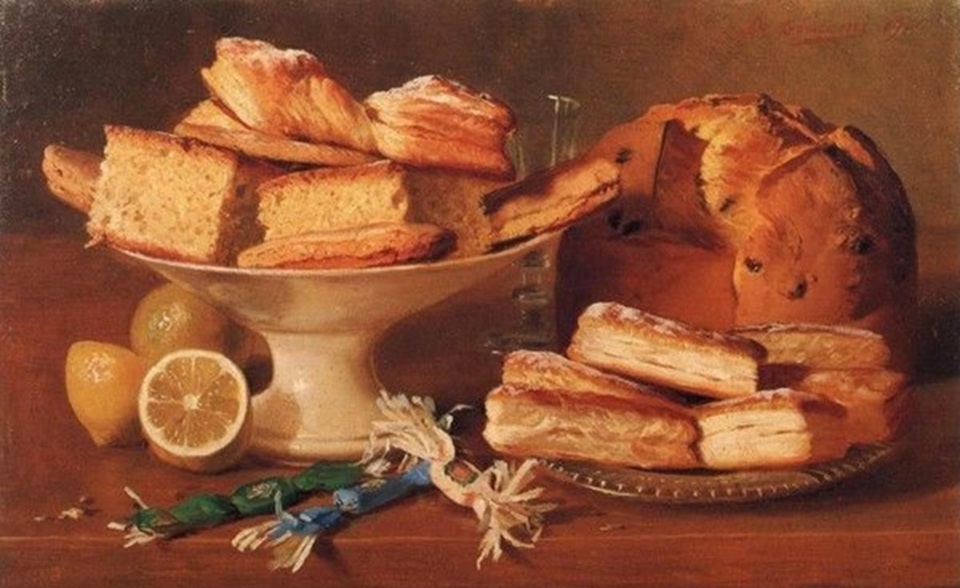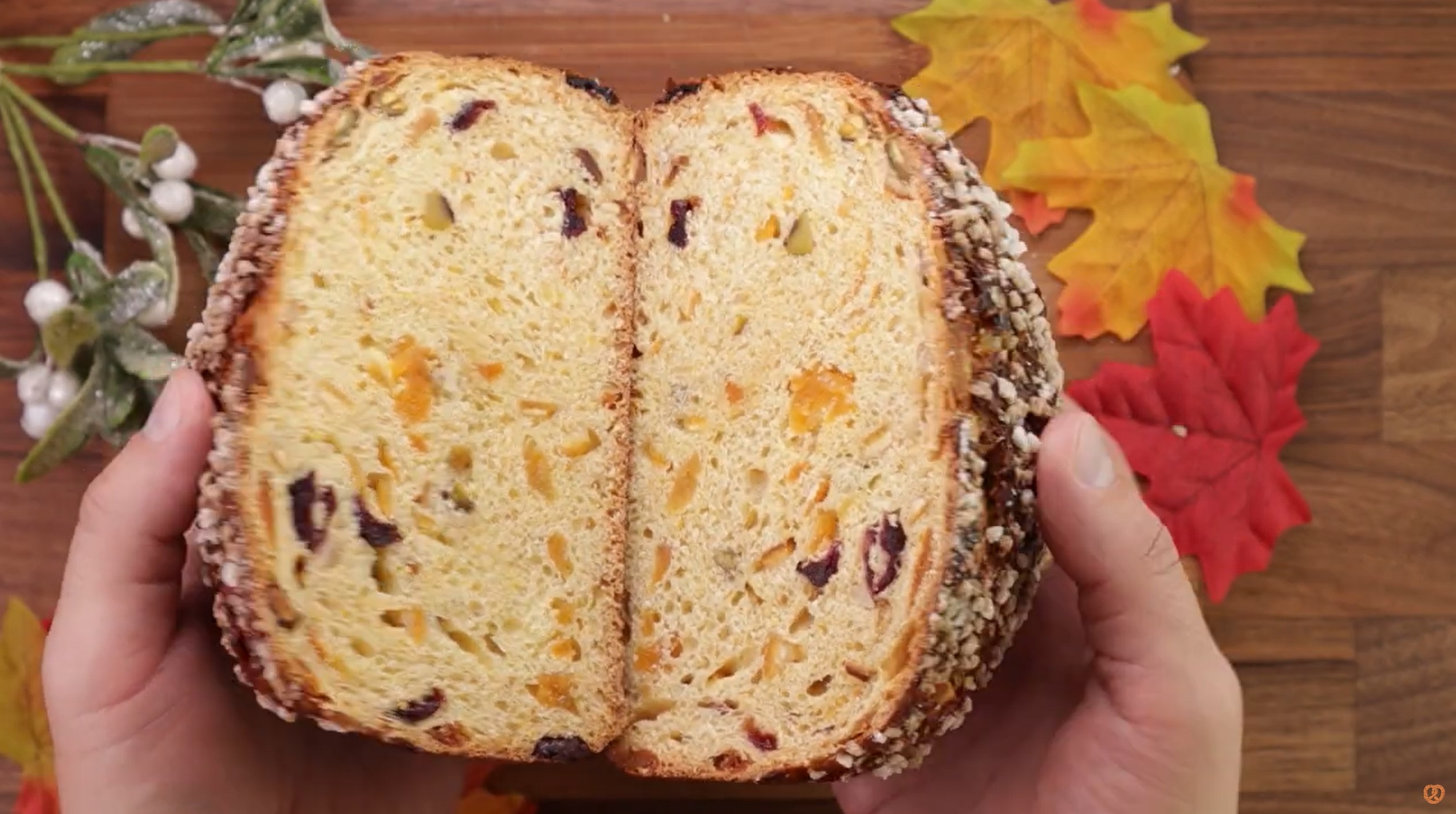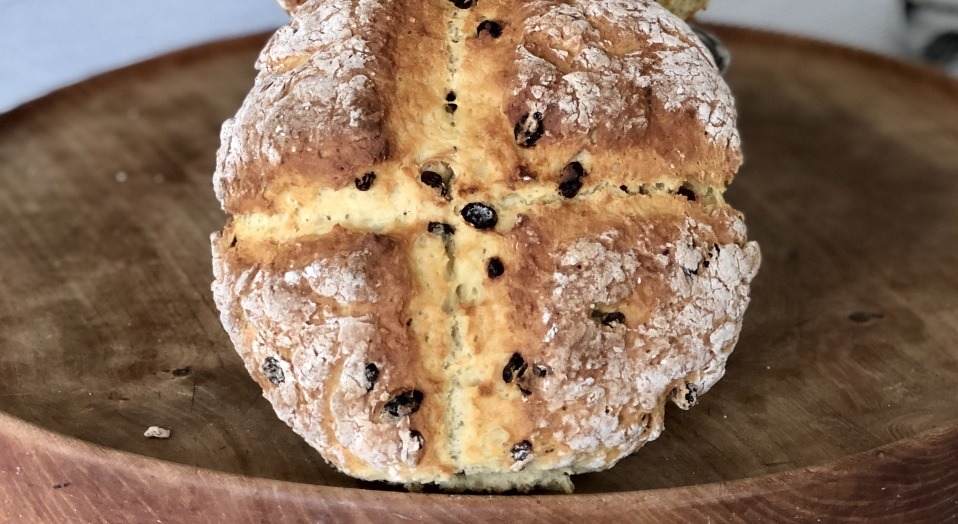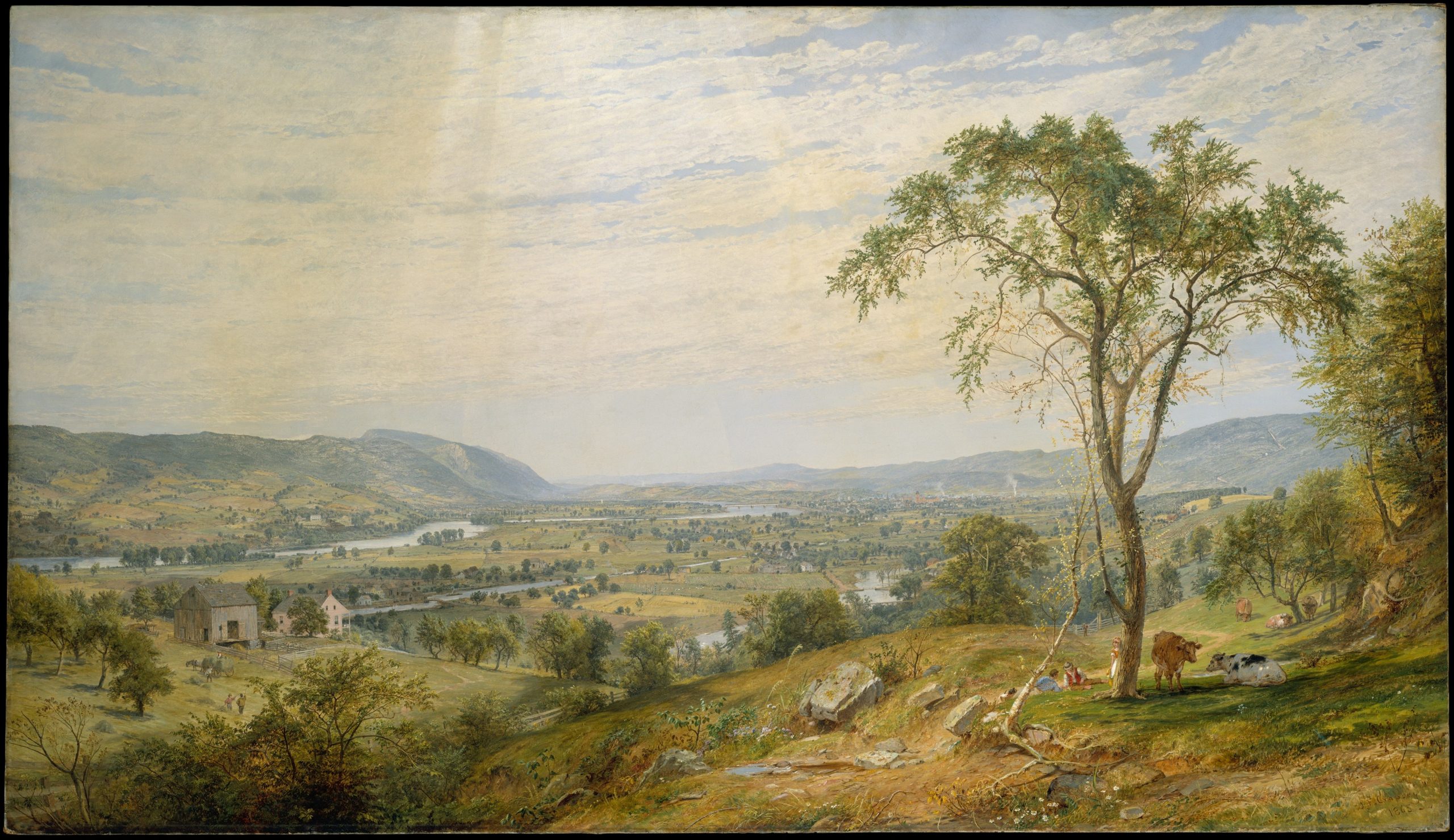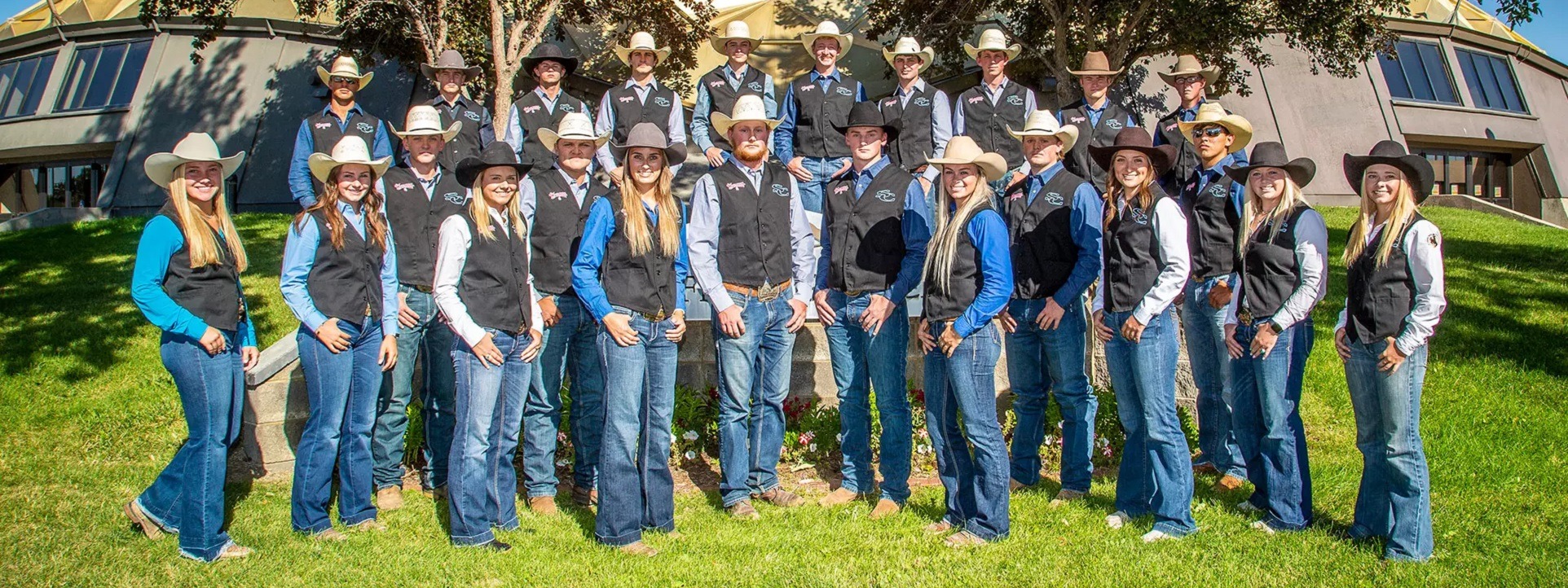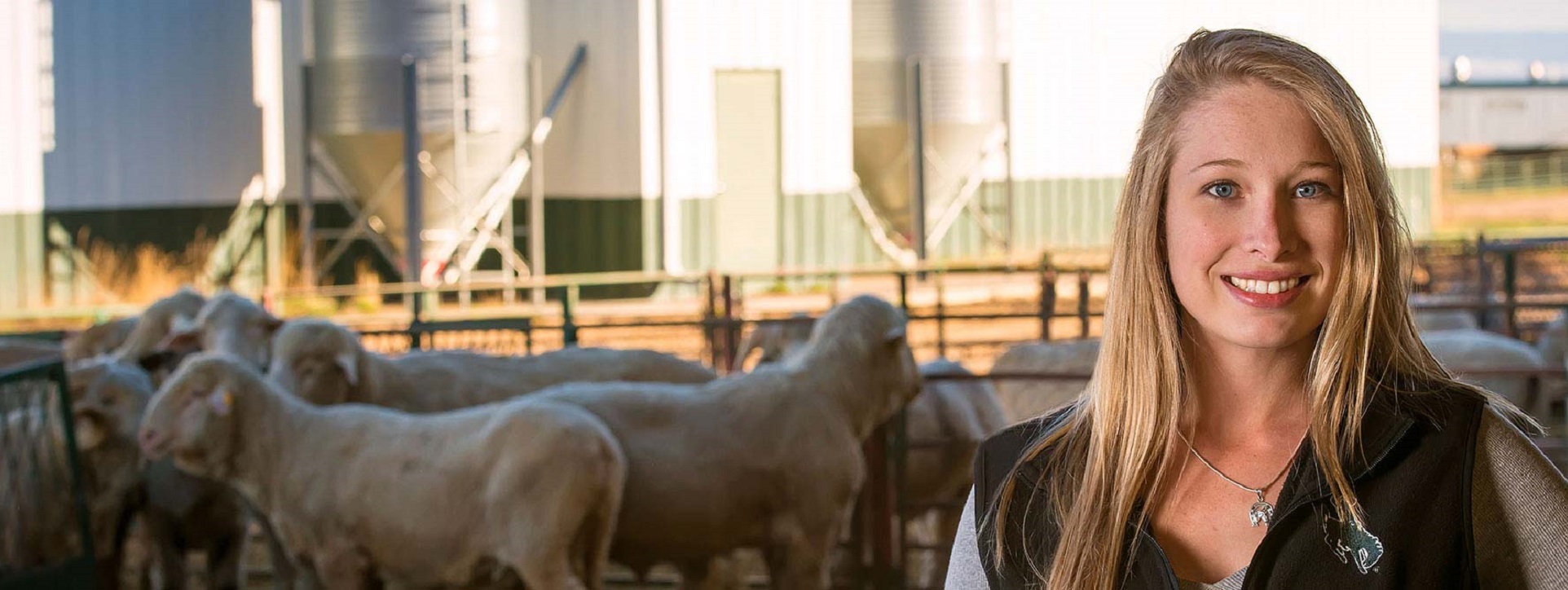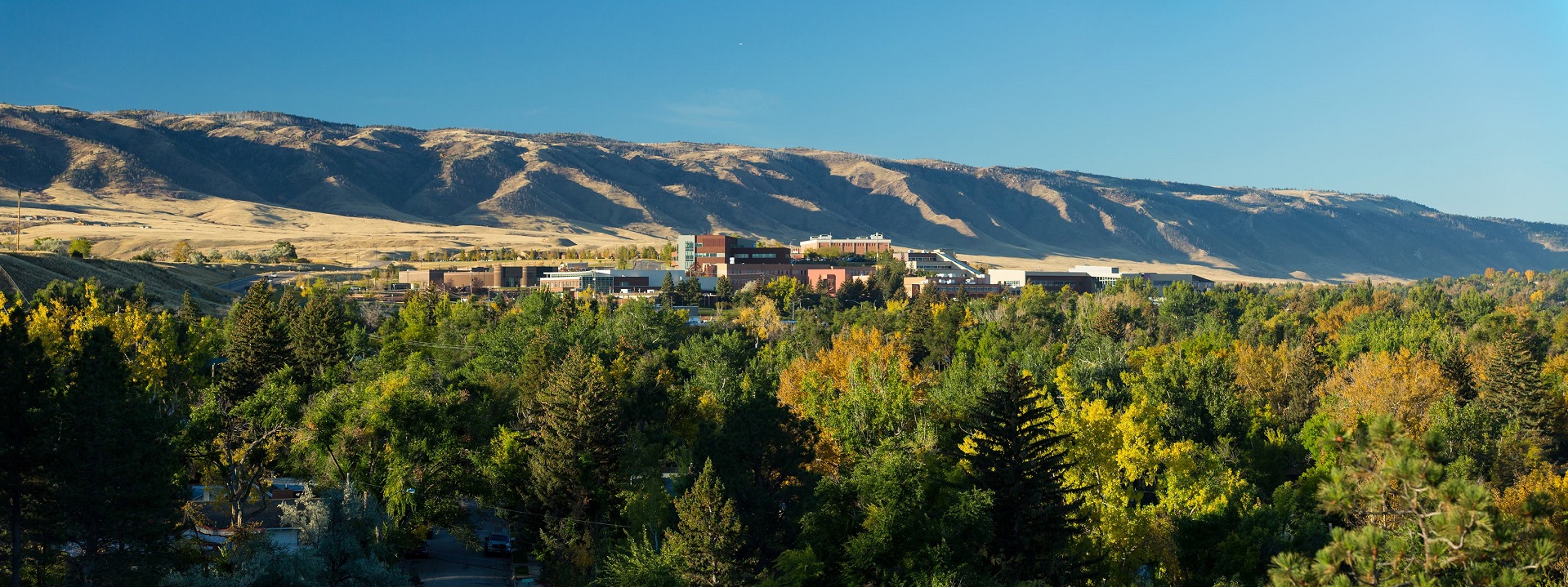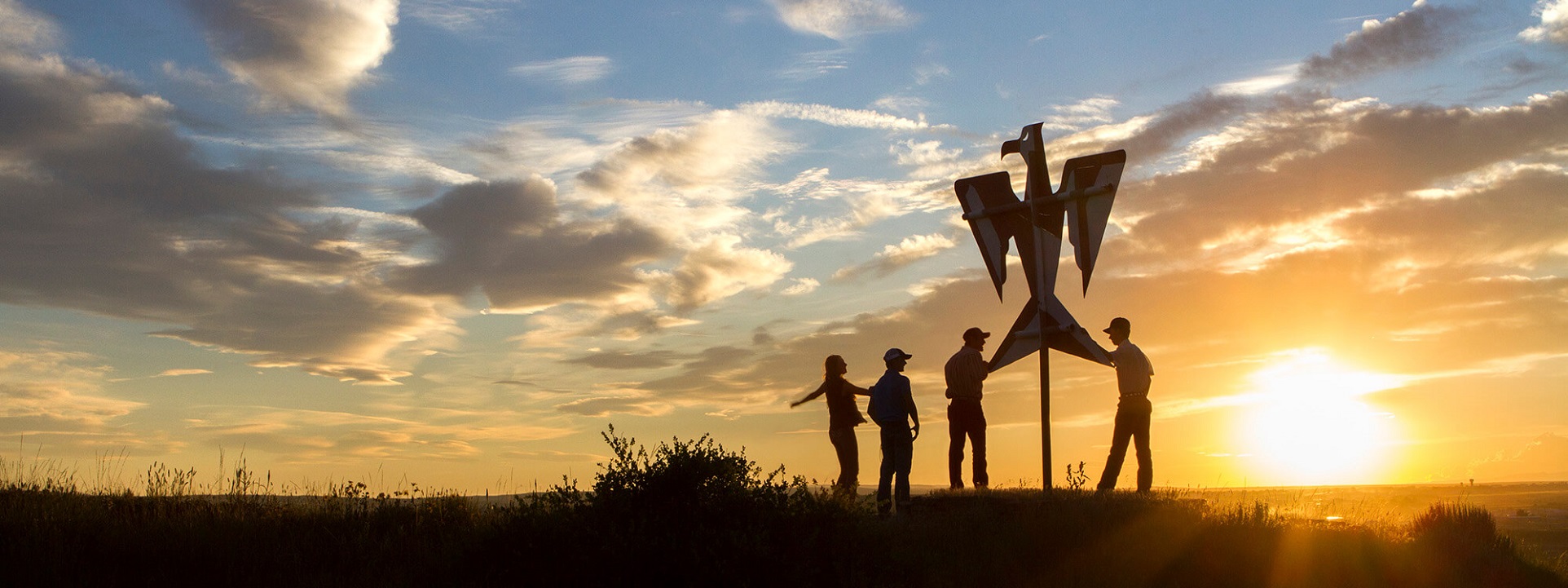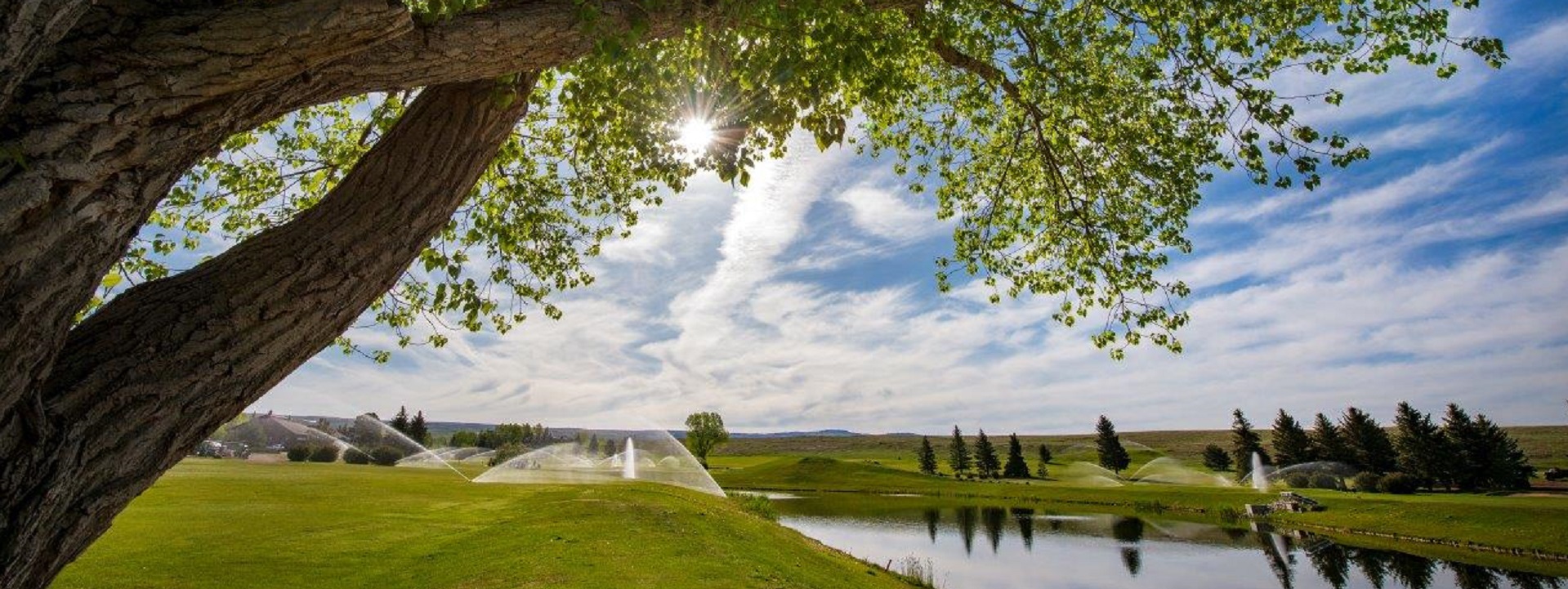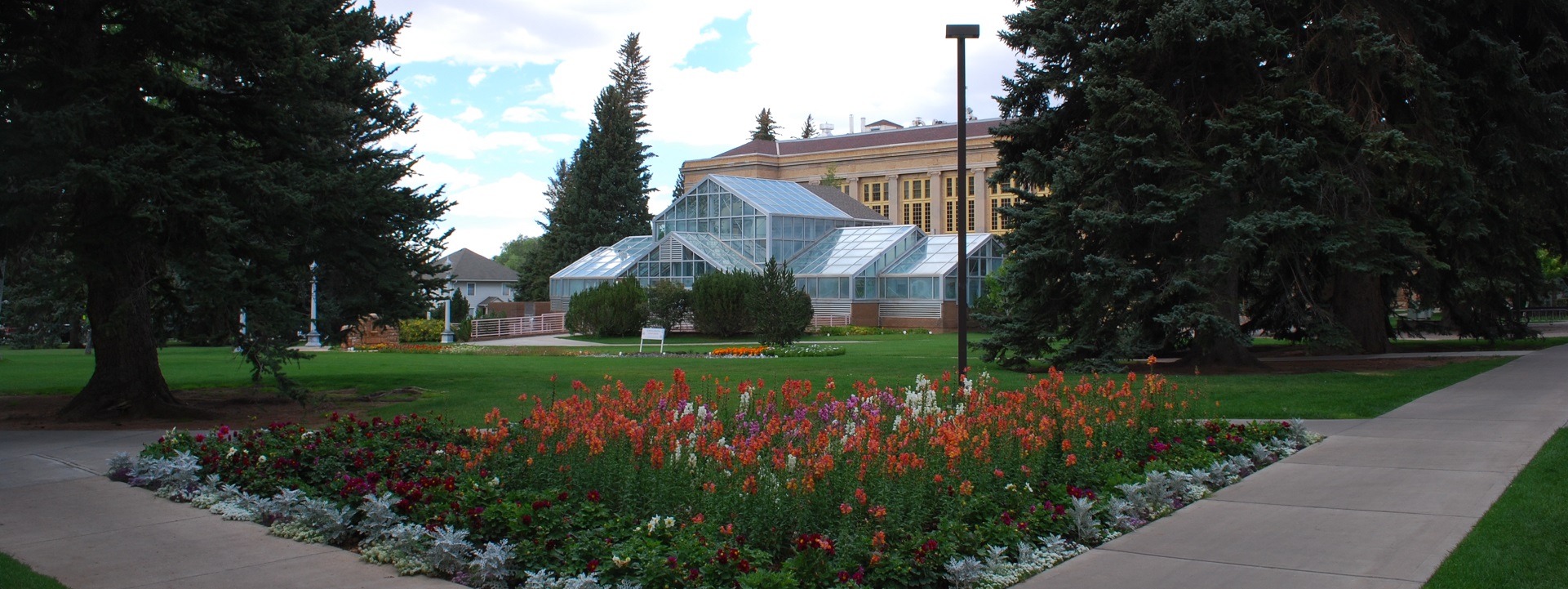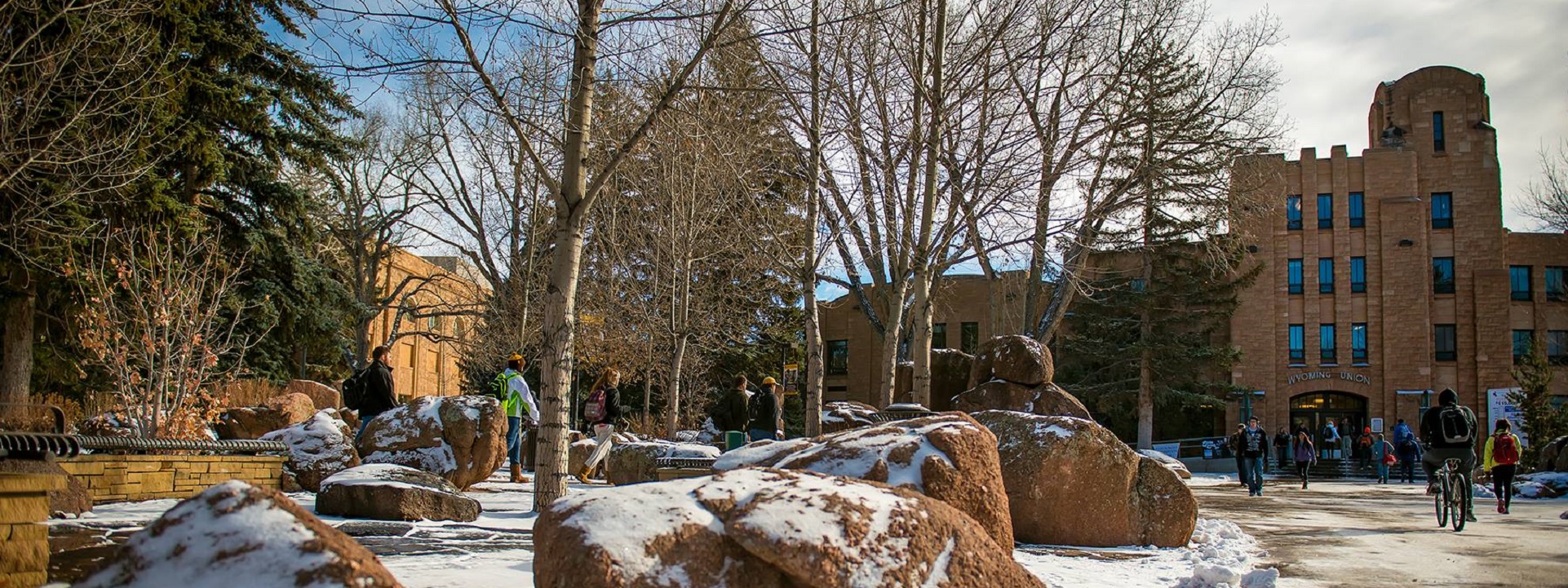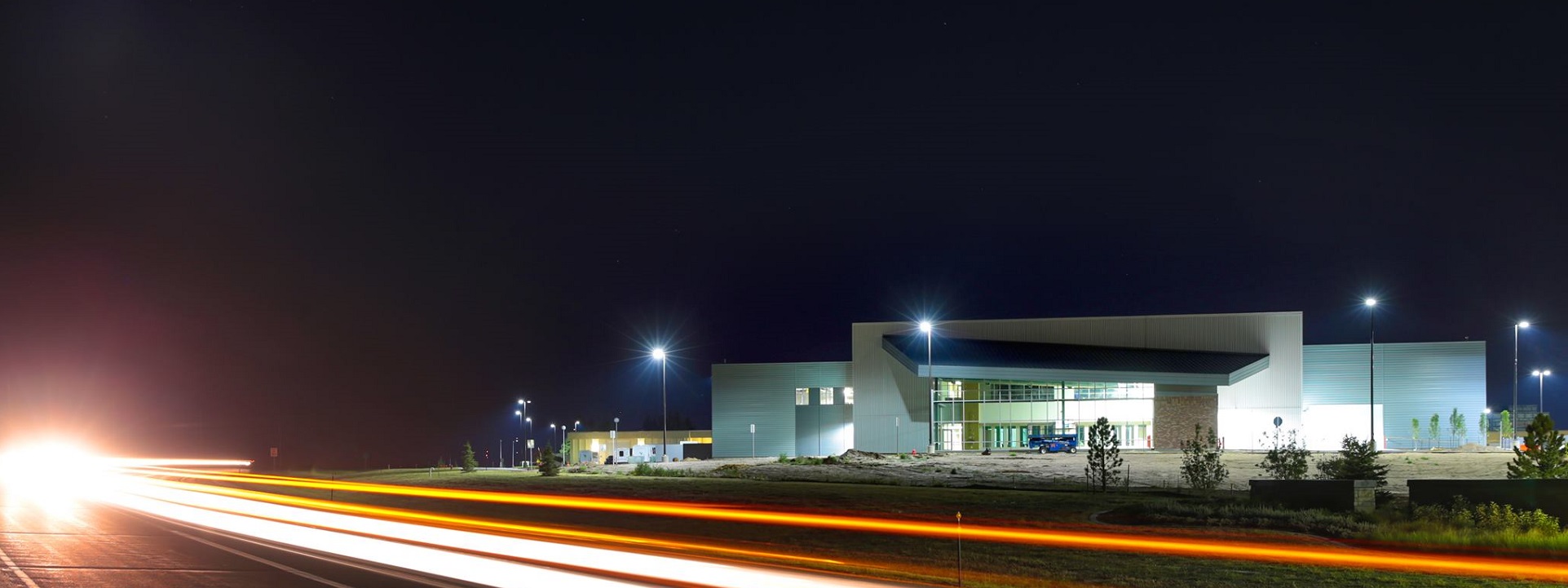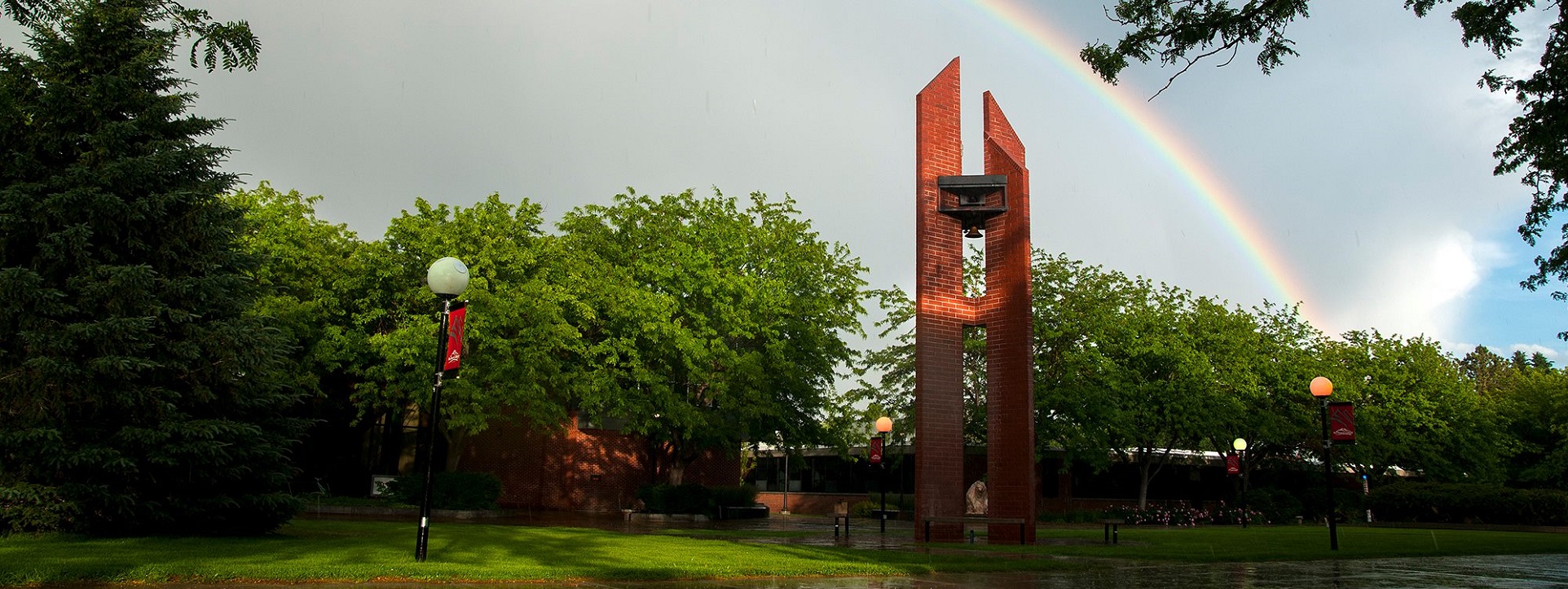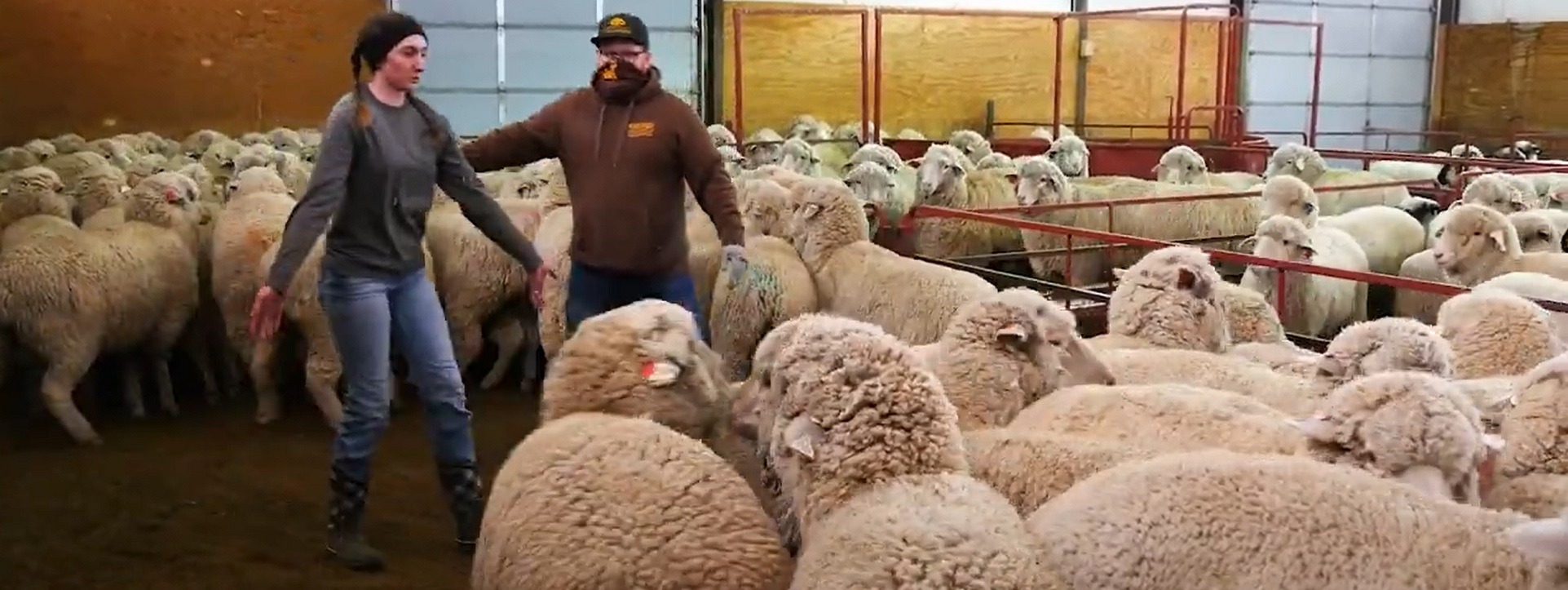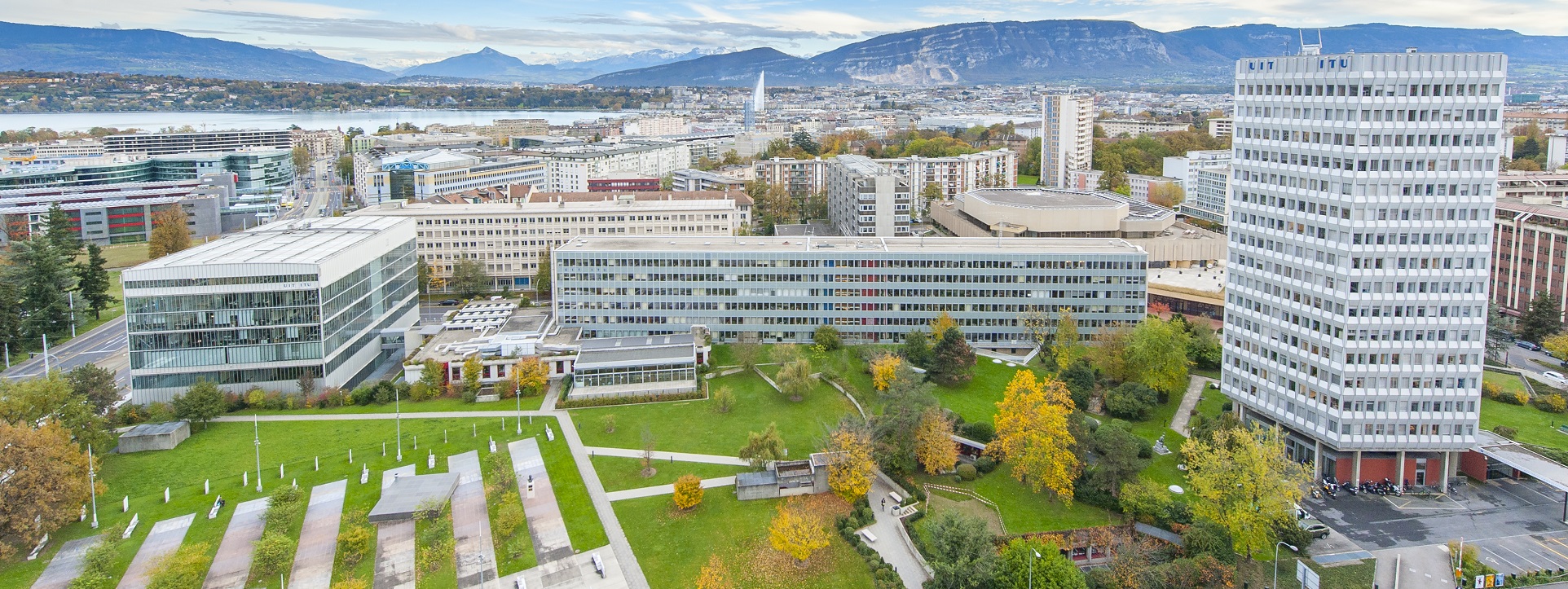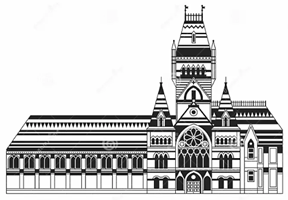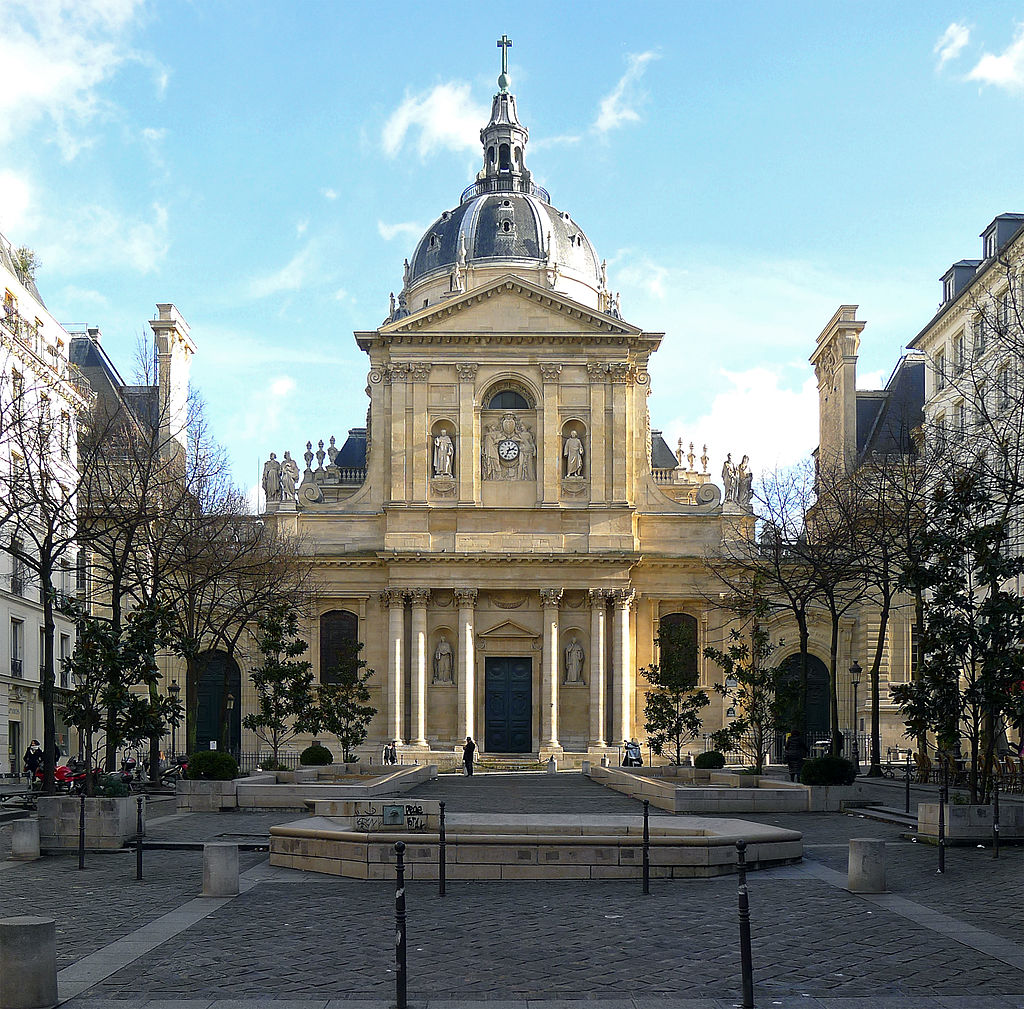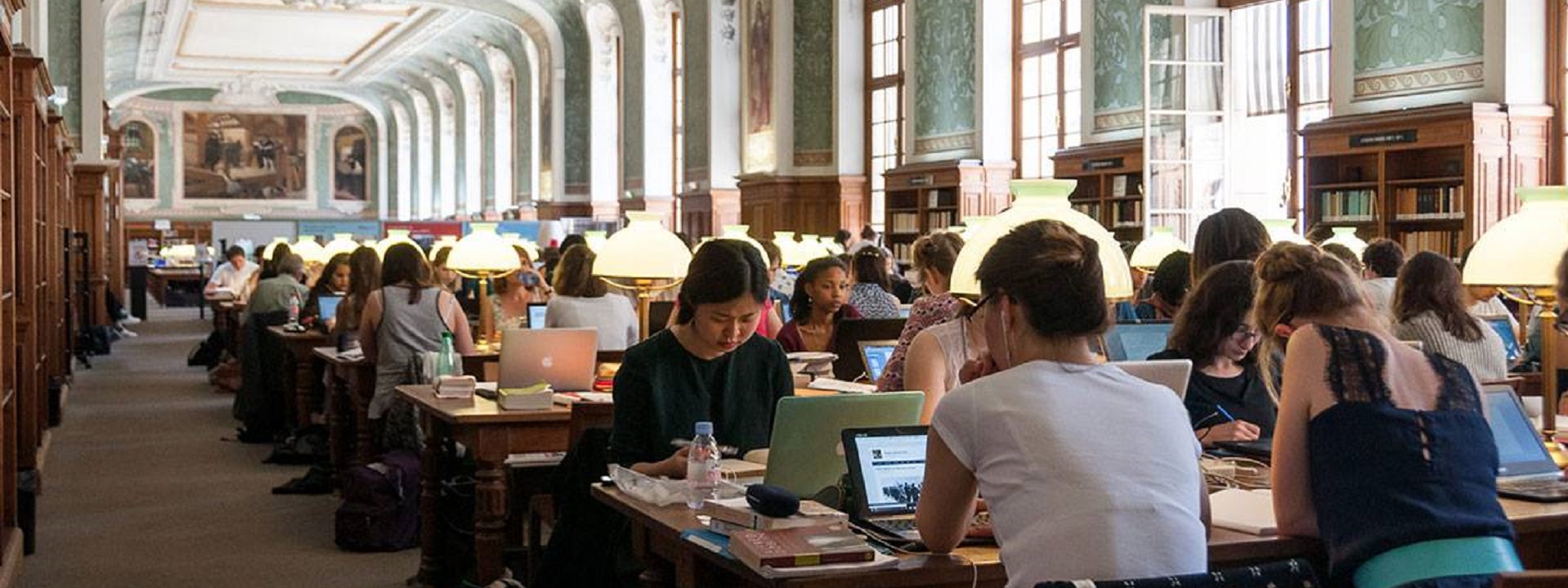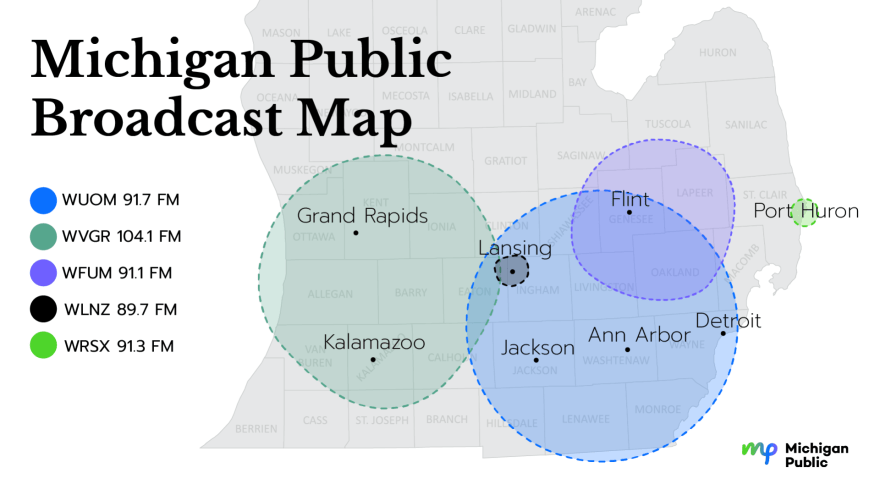University of California Berkeley Net Position 2023-24: $4.380B (Pg. 3)
2021 Physical Design Framework
The word “panettone” has its origins in Italian and can be traced back to the Latin language. The root of “panettone” comes from the Italian word “pane,” which means bread. The diminutive suffix “-etto” is added to “pane” to indicate a smaller or sweetened version of the bread. The word “panettone” can be loosely translated as “small bread” or “sweet bread.”
UCL: Bread predates agriculture by 4,000 years
Noteworthy:
- Traditional Ingredients: Panettone is made from a rich, sweet dough that typically includes ingredients such as flour, butter, eggs, sugar, and candied fruits. It may also contain raisins or other dried fruits.
- Signature Dome Shape: Panettone is known for its distinctive dome shape. The dough is left to rise several times, and the final proofing is done in a cylindrical paper mold, giving it its characteristic tall and round appearance.
- Regional Variations: While panettone is closely associated with Milan, various regions in Italy have their own versions of Christmas bread. For example, in Southern Italy, there’s a similar sweet bread called “Pandoro,” which is often shaped like an eight-pointed star.
- Artisanal and Commercial Production: Panettone can be found in both artisanal bakeries, where traditional methods are often employed, and in commercial production where large-scale quantities are produced for widespread consumption. Artisanal panettone is often prized for its attention to quality and flavor.
What can you become at Berkeley? Whether it’s as a quantum scientist or olympic gymnast — or both — there’s no limit to what you can be at the greatest public university. @Cal @CalAthletics 🐻https://t.co/GMgmoQqDEu pic.twitter.com/VSIfStUDQZ
— UC Berkeley (@UCBerkeley) October 5, 2023



